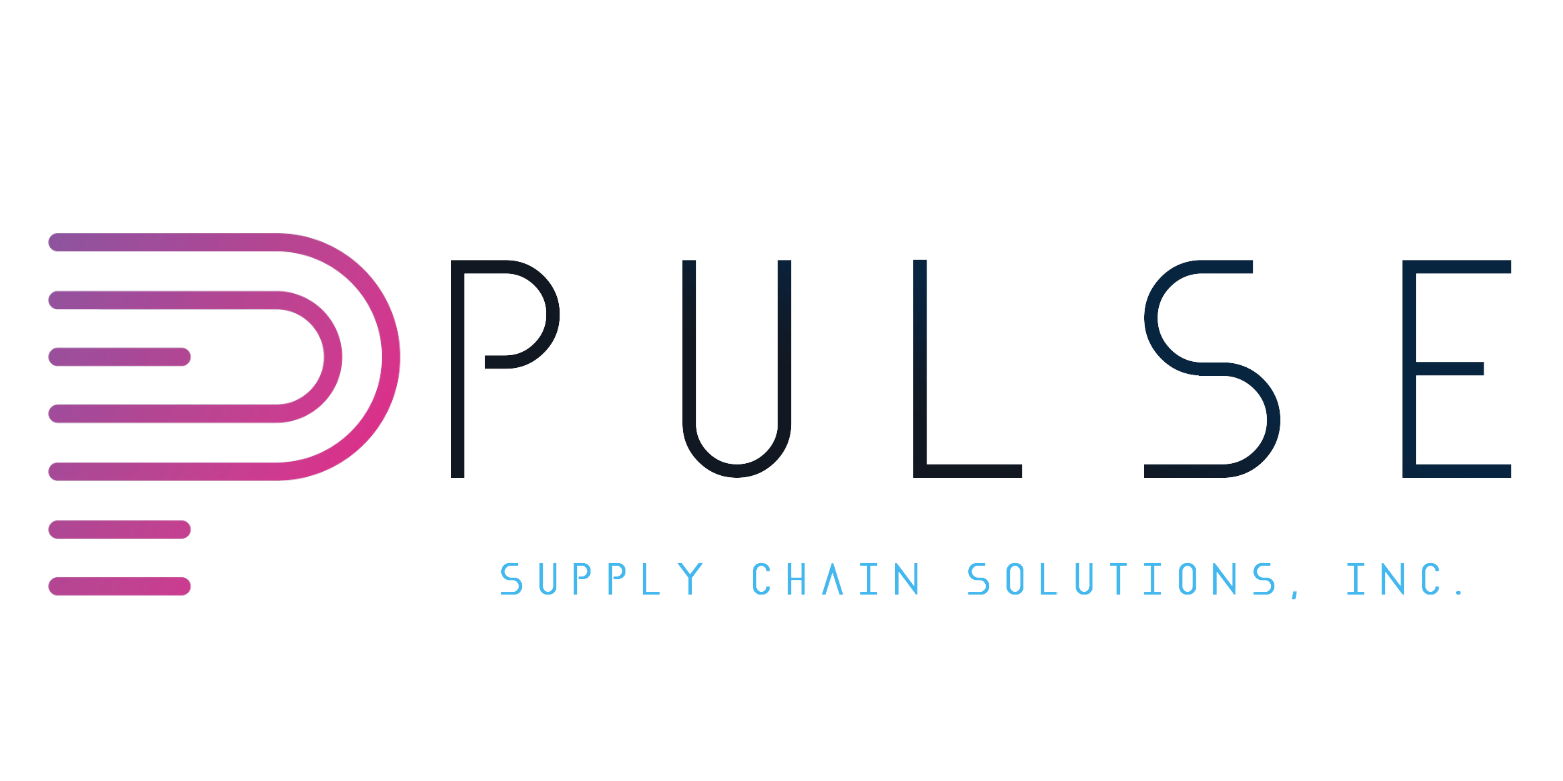
In today’s corporate landscape, three letters are reshaping how companies operate and how they’re perceived: ESG. This acronym, standing for Environmental, Social, and Governance, has evolved from a buzzword to a core aspect of strategic business decisions. But what exactly is ESG, and why should it matter to companies and their stakeholders?
Imagine ESG as the triple filter through which modern businesses must pass to prove their worth and integrity. These filters aren’t just checkpoints but critical lenses that scrutinize how a company impacts the environment, treats its employees and communities, and governs itself. Think of it like a three-legged stool; without one leg, the entire structure is unstable.
The Environmental aspect focuses on how a company’s operations affect the natural world. From reducing carbon footprints to managing waste and using resources efficiently, it’s about ensuring that businesses contribute positively to the planet’s health.
The Social component emphasizes the company’s relationship with people—employees, customers, suppliers, and the broader community. Are they fostering diversity and inclusion? Are they ensuring fair labor practices? It’s about creating a supportive and equitable environment for all stakeholders.
Governance deals with a company’s internal systems of control and oversight. This includes transparency in reporting, ethical business practices, and effective leadership structures. Good governance ensures that a company is accountable and operates with integrity.
Why Does ESG Matters?
The importance of ESG isn’t just a trend; it’s backed by compelling data and real-world outcomes. According to a study by Morgan Stanley, 88% of investors believe that companies focusing on ESG practices are better long-term investments. This is because such companies tend to be more resilient, adaptable, and better at managing risks.
Think of adopting ESG principles like planting a garden. It requires initial effort, planning, and ongoing care, but the long-term benefits are substantial. Just as a well-tended garden yields a rich harvest, a company that invests in ESG can expect sustained growth and a positive reputation. Consider the environmental aspect as the soil. If you neglect it, everything else suffers. Social responsibility is akin to the plants and flowers, needing nurturing and care to thrive. Governance is the gardener’s toolset, ensuring everything stays on track and any issues are swiftly addressed.
Let’s look at some real-life examples to ground these concepts. Patagonia, the outdoor clothing company, has long been a pioneer in environmental sustainability. Their commitment to using recycled materials and reducing their carbon footprint exemplifies strong environmental stewardship. On the social front, Salesforce stands out. Their 1-1-1 model—donating 1% of their equity, product, and employee time back to communities—demonstrates a deep commitment to social responsibility. In terms of governance, Unilever has been a leader. They have consistently ranked high in various governance indices due to their transparent reporting, ethical business practices, and robust leadership.
While the benefits of ESG are clear, the journey is not without its hurdles. Implementing ESG principles can be like navigating a complex maze.
One significant challenge is measuring impact. Quantifying ESG efforts can be difficult. Unlike financial metrics, ESG impacts are often qualitative and require sophisticated tools and methodologies to measure accurately. For example, how does one precisely measure the impact of a diversity initiative on company culture?
Another challenge is balancing short-term costs with long-term gains. Investing in ESG initiatives often involves significant upfront costs. Whether it’s adopting new technologies to reduce emissions or investing in community programs, these expenses can be daunting. Companies must balance these costs with the long-term benefits, which can sometimes be challenging to forecast.
Navigating regulatory landscapes is another complex area. The regulatory environment for ESG is continuously evolving. Companies must stay abreast of new regulations and standards, which can vary significantly across regions. This can create compliance challenges, particularly for multinational corporations.
Stakeholder expectations add another layer of complexity. Balancing the diverse and sometimes conflicting expectations of various stakeholders—investors, customers, employees, and communities—can be intricate. For instance, investors may prioritize financial returns, while customers and employees may demand more robust environmental and social practices.
Lastly, there is the risk of greenwashing. In an attempt to appear more environmentally friendly or socially responsible, some companies may engage in greenwashing—misleading consumers about the true impact of their practices. This not only risks reputational damage but can also lead to legal and financial repercussions.
Embracing ESG isn’t just about compliance or appeasing investors; it’s about building a sustainable future. Companies that integrate ESG principles into their core strategies are not only safeguarding the environment and society but also positioning themselves for long-term success. As corporate America continues to evolve, ESG will likely become even more integral to business strategy. It’s not just the right thing to do—it’s the smart thing to do. For companies, stakeholders, and the planet, ESG is a win-win-win.
In the end, understanding and implementing ESG is like charting a course on a map. It requires clear direction, the right tools, and a commitment to the journey. But the destinations—sustainable growth, positive impact, and lasting legacy—are well worth the effort.
Sources: Morgan Stanley Institute for Sustainable Investing. (2020). Sustainable Signals: Individual Investor Interest Driven by Impact, Conviction and Choice.









